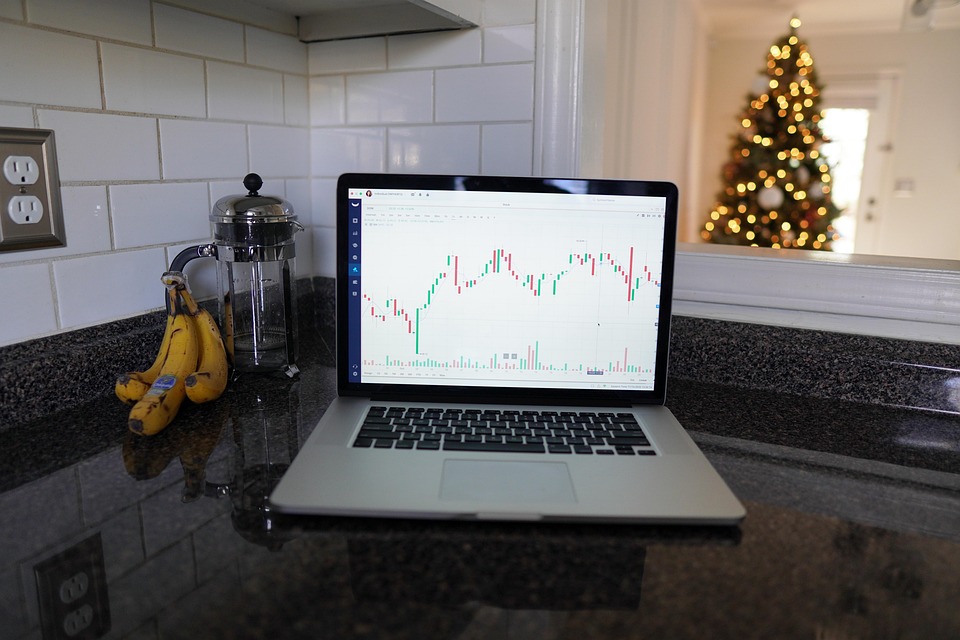When it comes to trading, the right chart patterns can be your compass in a sea of market noise. While some traders rely heavily on complex indicators, others find success by honing in on a few key patterns. If you’re looking to enhance your trading strategy, mastering these five chart patterns could be a game-changer.
Contents
The Power of Patterns
Did you know that over 70% of traders fail to make consistent profits? A significant reason behind this is a lack of understanding of market behavior. Patterns are the market’s way of communicating potential future movements. Recognizing these patterns can give you a leg up, whether you’re day trading or investing for the long haul.
Let’s dive into five chart patterns that can help you navigate the trading waters more effectively.
1. Head and Shoulders
What It Is
The head and shoulders pattern is one of the most reliable trend reversal patterns. It consists of three peaks: a higher peak (head) between two lower peaks (shoulders). An inverse head and shoulders pattern occurs during a downtrend and signals a potential upward reversal.
Why It Matters
This pattern indicates a shift in market sentiment. When the price breaks below the neckline (the line drawn across the lows of the two shoulders), it often confirms the reversal.
Pros and Cons
- Pros: High reliability; easily recognizable.
- Cons: Can be time-consuming to form; false breakouts can occur.
Real-World Example
Consider the case of XYZ Corp, which formed a head and shoulders pattern over a six-month period. Traders who recognized the pattern early were able to capitalize on the subsequent drop in price, avoiding significant losses.
2. Double Top and Double Bottom
What It Is
The double top is a bearish reversal pattern that occurs after an uptrend. It features two peaks at roughly the same price level. Conversely, the double bottom is a bullish reversal pattern that appears after a downtrend, with two troughs at a similar price point.
Why It Matters
These patterns signal that the current trend may be losing momentum. A break below the support level (for double tops) or above the resistance level (for double bottoms) often confirms the reversal.
Pros and Cons
- Pros: Simple to identify; can provide strong reversal signals.
- Cons: May take time to form; requires confirmation for reliability.
Case Study
In 2022, a major tech stock exhibited a double top pattern. Once the price broke below the support level, it fell nearly 20% in the following weeks. Traders who were aware of this pattern were able to short the stock effectively, demonstrating the power of pattern recognition.
3. Flags and Pennants
What It Is
Flags and pennants are continuation patterns that suggest a brief pause before the previous trend resumes. Flags are rectangular-shaped, while pennants are more triangular.
Why It Matters
These patterns indicate consolidation after a strong price movement, often leading to a breakout in the same direction.
Pros and Cons
- Pros: Indicate strong momentum; provide clear entry and exit points.
- Cons: Risk of false breakouts; may require quick decision-making.
Example in Action
Imagine a stock that rises sharply, then enters a flag pattern. Once it breaks out of the upper trendline of the flag, it can often lead to another significant price increase. Traders who are patient and wait for confirmation can reap substantial rewards.
4. Cup and Handle
What It Is
The cup and handle pattern resembles a cup with a handle. The “cup” is a rounded bottom, followed by a consolidation period that forms the “handle.” This pattern typically appears after a bullish trend.
Why It Matters
The cup and handle pattern indicates that a stock is consolidating before a potential breakout to higher prices.
Pros and Cons
- Pros: Often leads to significant price moves; visually appealing and easy to spot.
- Cons: Requires patience; not all cups lead to handles.
Real-Life Application
In 2021, a popular beverage company formed a cup and handle pattern. Once the price broke above the handle, it surged over 30% in the following months. Traders who recognized this pattern were able to enter at a relatively low price, maximizing their profits.
5. RSI Divergence
What It Is
While not a traditional chart pattern, RSI (Relative Strength Index) divergence can be a powerful tool in your trading arsenal. It occurs when the price makes a new high or low, but the RSI does not, signaling a potential reversal.
Why It Matters
Divergence indicates that momentum is weakening, which can be a precursor to a trend reversal.
Pros and Cons
- Pros: Provides early warning of potential reversals; can be used in conjunction with other patterns.
- Cons: Requires confirmation; can lead to false signals.
Example
In a recent market analysis, a well-known stock showed a bearish divergence. While the price reached a new high, the RSI did not follow suit. Traders who monitored this divergence were able to exit their positions before a significant downturn.
FAQs
What is the most reliable chart pattern for trading?
While reliability varies, the head and shoulders and double top/bottom patterns are often considered among the most reliable for identifying reversals.
How do I confirm a pattern before trading?
Look for volume spikes, trendline breaks, or additional indicators (like RSI) to confirm a pattern before entering a trade.
Are chart patterns foolproof?
No, chart patterns are not foolproof. They can fail, and false breakouts are common. Always use risk management strategies.
How can I practice identifying chart patterns?
You can use charting software or trading simulators to practice identifying patterns in historical data without risking real money.
Conclusion
Mastering chart patterns can significantly enhance your trading strategy. While they are not foolproof, understanding these patterns and their implications can provide valuable insights into market behavior. As you dive deeper into your trading journey, remember that patience and practice are key.
With the right tools and knowledge, you can navigate the complexities of the market with confidence.








